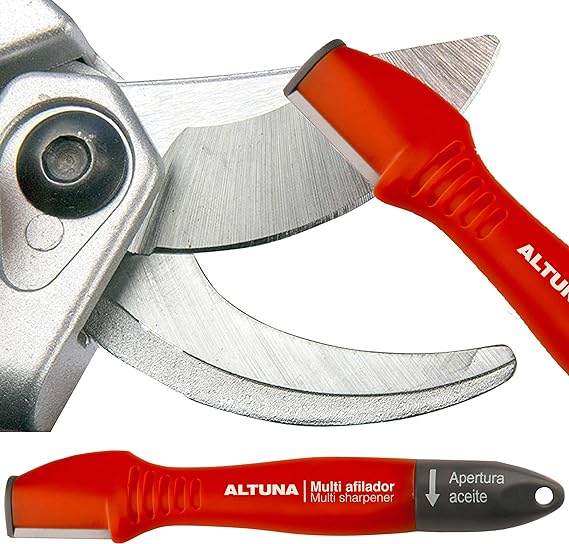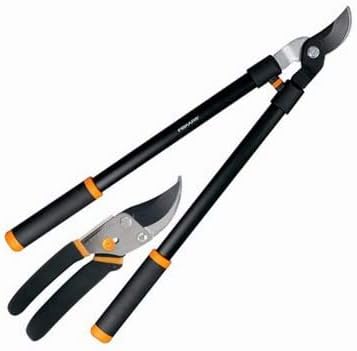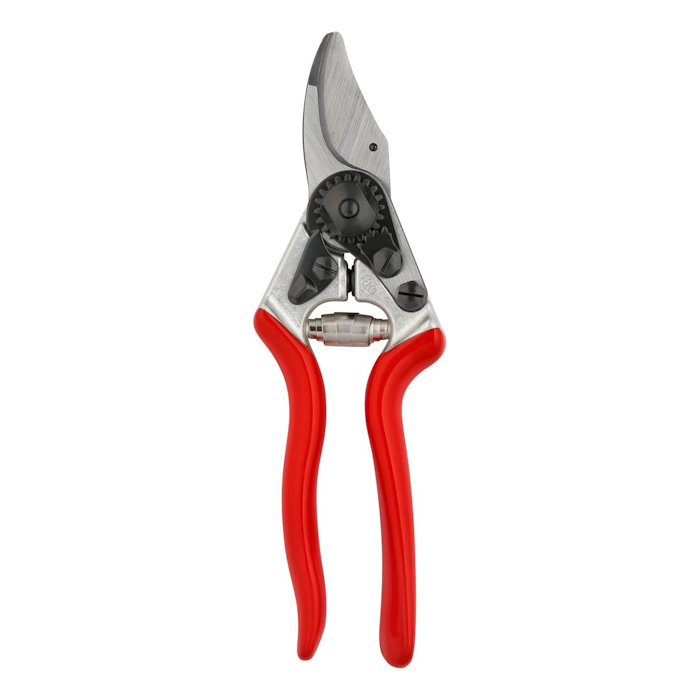8 of the best plants to prune in January for healthy and vigorous shrubs and fruit bushes
The best plants to tackle this month and tips from an experienced gardener to help you prune correctly


January is the start of a new gardening year and there are a lot of jobs to do this month to help tidy your space and get it ready. As well as vegetables, flowers, and shrubs to plant in January, it is also a good time to prune plants to keep them neat and in great shape for the year ahead.
It is a good time for pruning many shrubs, trees, and bushes, as they are in the middle of their dormancy period. By getting out and pruning in January, the often-simple task can help you get bigger harvests of fruit and better displays of flowers and color come summer.
Always do your research before heading out to prune in winter, however, as not all plants should be cut during the colder months. Avoid making a pruning mistake by pruning at the wrong time. To help you know what you should cut, we take a look at eight plants that will benefit from a bit of attention this month.
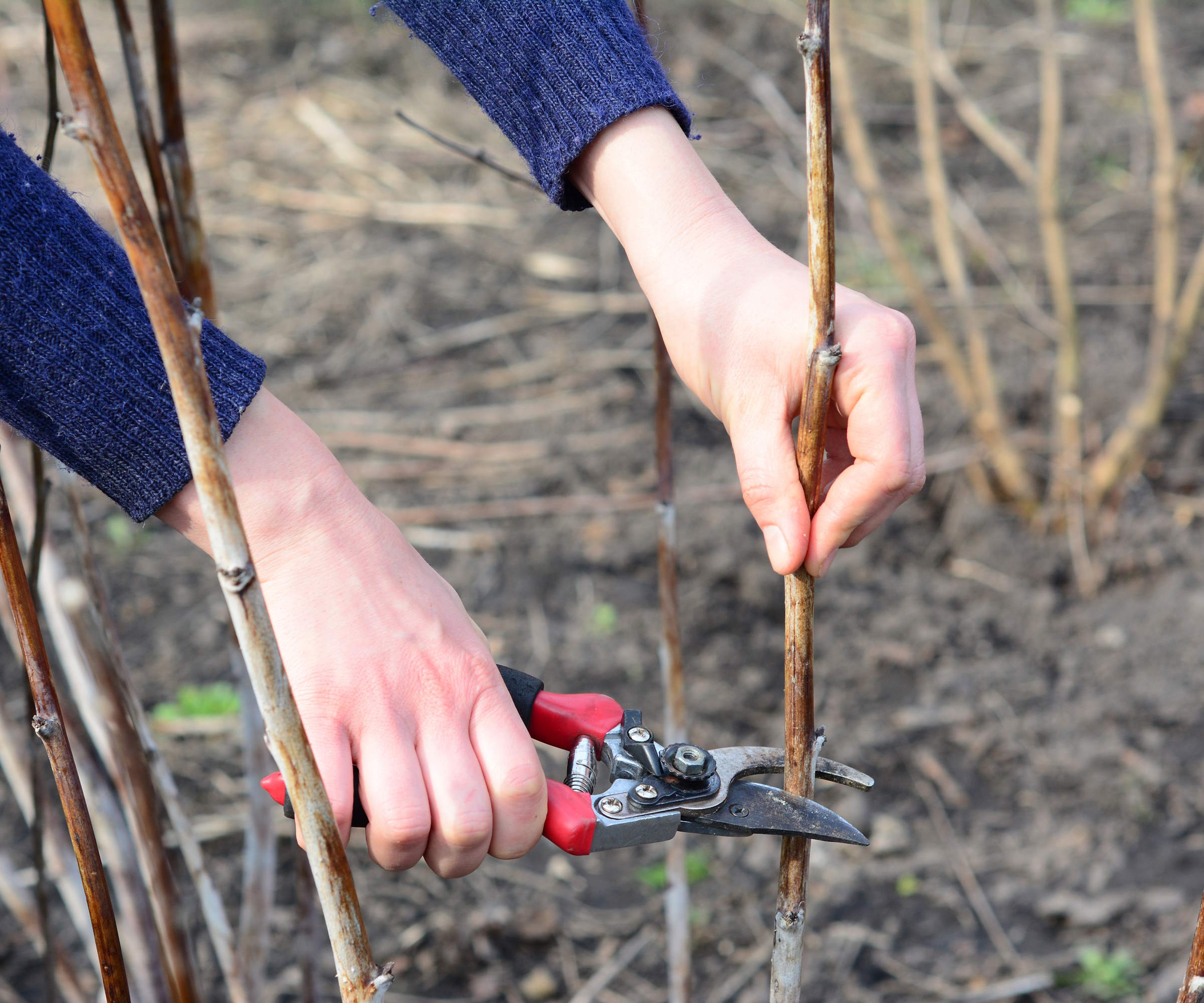
Many types of soft fruit can be pruned during January
Tips for January pruning
As well as doing your research on what should, and shouldn’t, be pruned in January, it is also best to avoid cutting when it is snowy or temperatures are extremely cold - therefore, when you can get out to prune may be dependent on your US hardiness zone.
Whenever you cut, always use clean and sharp garden tools. This means that the cuts you make will be cleaner and easier to heal, plus you eliminate the risk of spreading disease from plant to plant around the garden.
1. Fall-fruiting raspberries

Different types of raspberries fruit either in the summer or fall
Raspberries come in summer types and late types, with the latter also known as fall-fruiting raspberries. The two types flower on different wood, provide a harvest at different times and are pruned in distinctive ways.
Make sure you know what raspberries you have growing, as not cutting correctly will be a mistake that will deprive you of a year of delicious raspberries.
Design expertise in your inbox – from inspiring decorating ideas and beautiful celebrity homes to practical gardening advice and shopping round-ups.
Late raspberries flower and fruit on wood produced that current season, so the method of how to prune raspberries is very simple. It merely involves cutting all the canes that fruited last year right down to the ground. The best time to prune late raspberries is in winter, and January or February is an ideal time to head out with the pruning shears.
2. Redcurrants
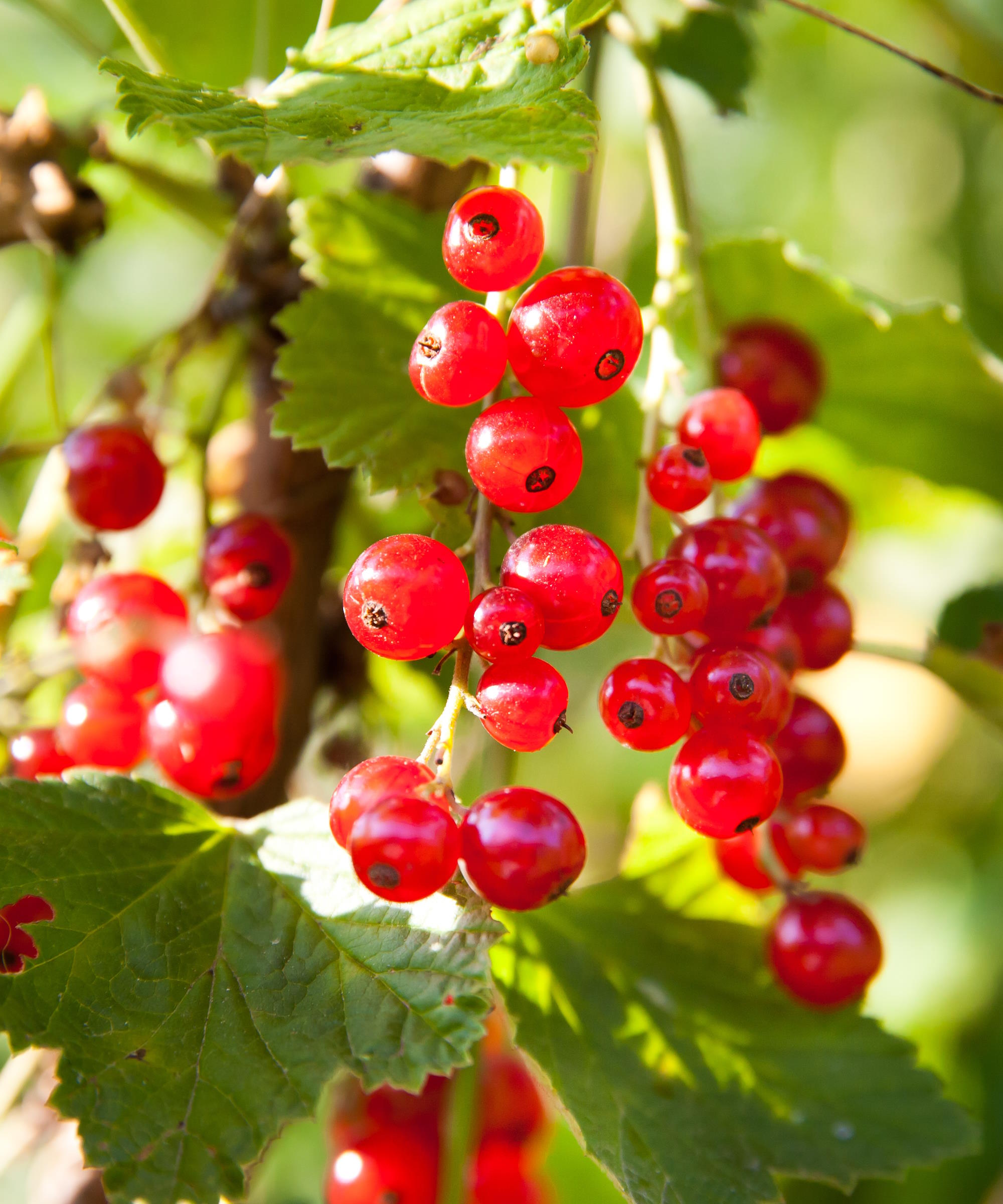
Redcurrants fruit strongest on two and three-year-old wood
Redcurrant bushes are heavy-cropping and can be hugely productive by being pruned annually. It is best to prune redcurrant bushes when the plant is dormant, this can be done from winter through to early spring.
The bushes can be pruned in January, providing the winter isn’t too harsh. It is always best to avoid trimming when the temperatures are freezing. Redcurrants fruit best on two and three-year-old stems, so the aim is to remove branches older than three years and cut back the rest of the side shoots by around a third.
This is along with removing dead, diseased, and damaged stems. It can also be the right time to prune whitecurrants, pinkcurrants, and blackcurrants - however, the way you prune blackcurrants is different to the other types of soft fruit bushes.
3. Gooseberries
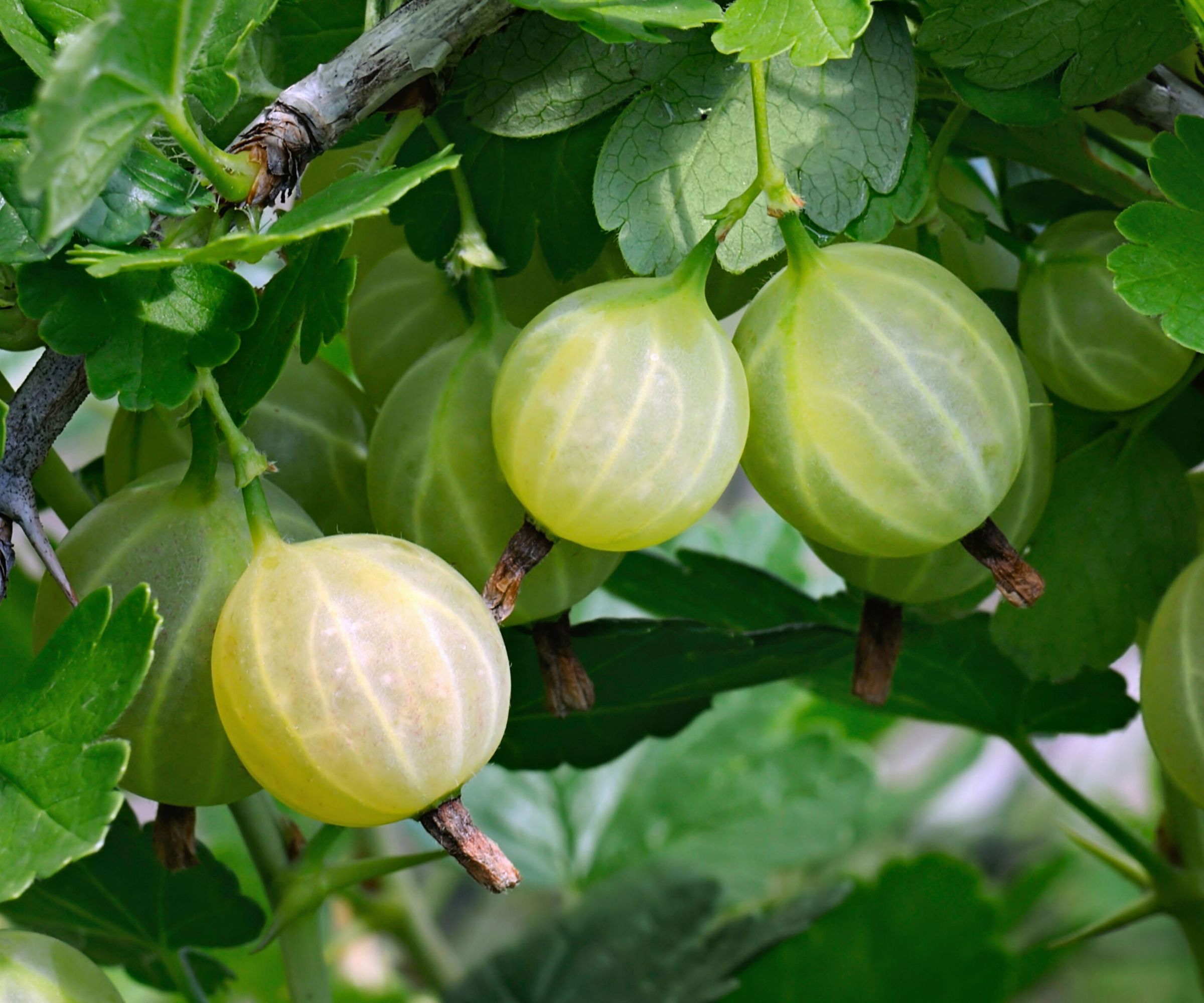
Gooseberries can be highly-prolific fruit bushes
Gooseberries are another soft fruit bush that you may have in a kitchen garden, along with currants, that can be pruned in January while they are dormant.
The way to prune gooseberries is to remove a third of the oldest and least-productive stems as you try to create an open and goblet-shaped bush with around 9-12 strong shoots and a good mix of one, two, and three-year-old wood. The side shoots on the remaining stems are removed to two or three buds.
This method can maximise the potential production of gooseberries. Not pruning the bushes in the right way is a gooseberry growing mistake that can impact any potential harvest. Also, when you prune, avoid getting too carried away with the shears and observe the one-third pruning rule, this is to never remove more than a third of the total wood as it can affect the overall health of the shrub.
4. Rhododendron
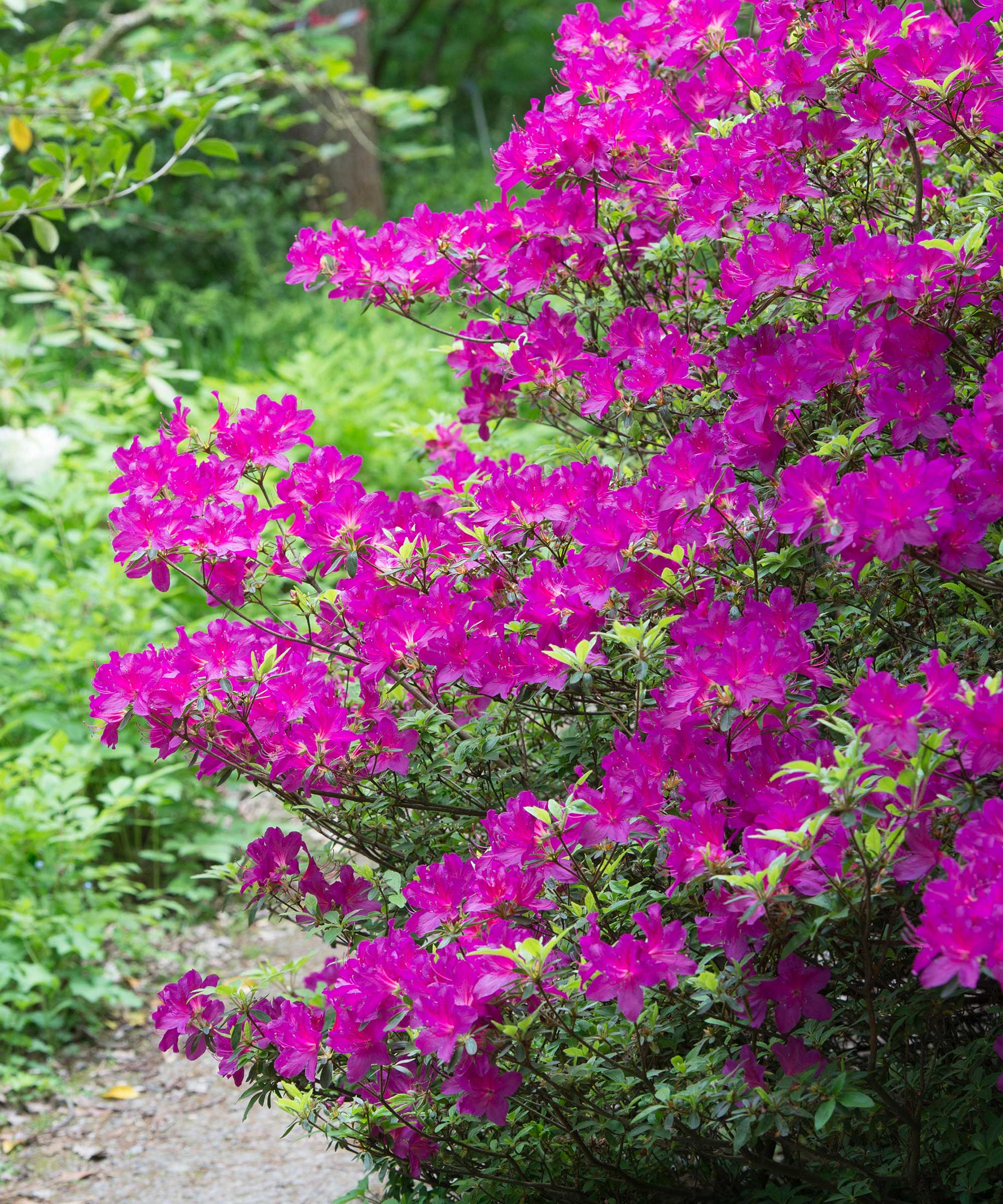
Rhododendrons prefer to grow in acidic soil
Rhododendrons are usually very low-maintenance woodland plants and there are over a thousand species under the rhododendron genus - coming in a huge range of colors. They usually do not need lots of pruning, but sometimes an old rhododendron will require heavy pruning to reduce their size.
This heavier cutting to rejuvenate an older plant is best done in January or February when the shrub is dormant, and it wants to be done before the rhododendron starts growing again in spring.
It is, however, best to avoid doing the pruning on a frosty day. Such major rejuvenation usually requires a pruning saw to get through the thickest wood as you cut branches back to the ground level.
5. Spirea
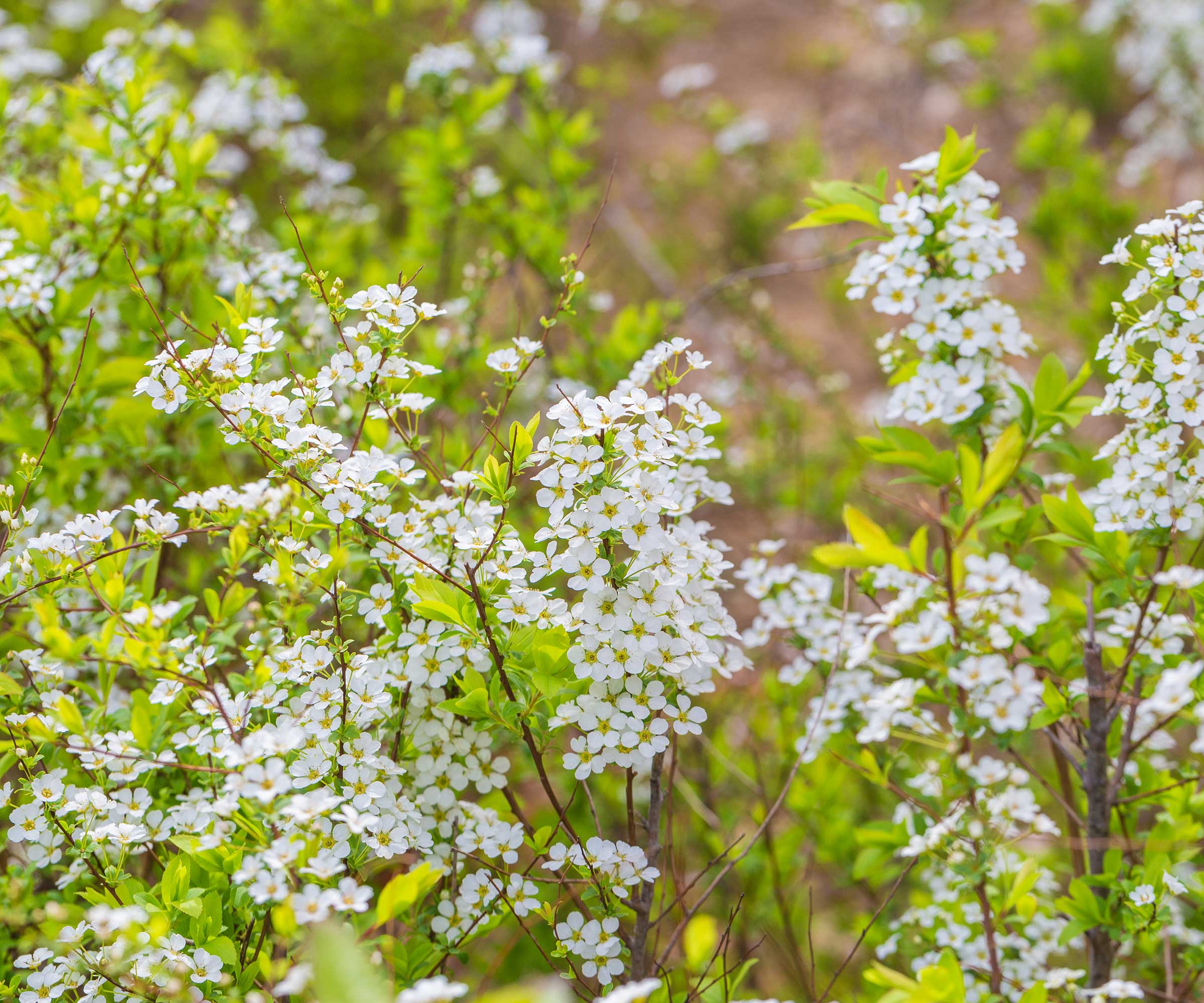
Spireas tend to reach around 4-5 feet in height
Spirea are perennial deciduous plants that can make fantastic landscaping shrubs thanks to the profuse level of flowers they produce in spring or summer. The shrubs benefit from a prune to prevent them from getting too tangled and congested.
Summer-blooming spirea can be pruned in winter, while they are dormant, to encourage the growth of new wood that they bloom on. Older spirea benefits from a prune in winter to control the shape and keep them compact.
A harder cutback can remedy any tangles of older branches and stimulate growth that ensures the blooms are not just confined to the top of the shrub. The new growth that is stimulated should be vibrant and productive, giving you a fantastic display as well as a more compact shape overall.
6. Cotoneaster
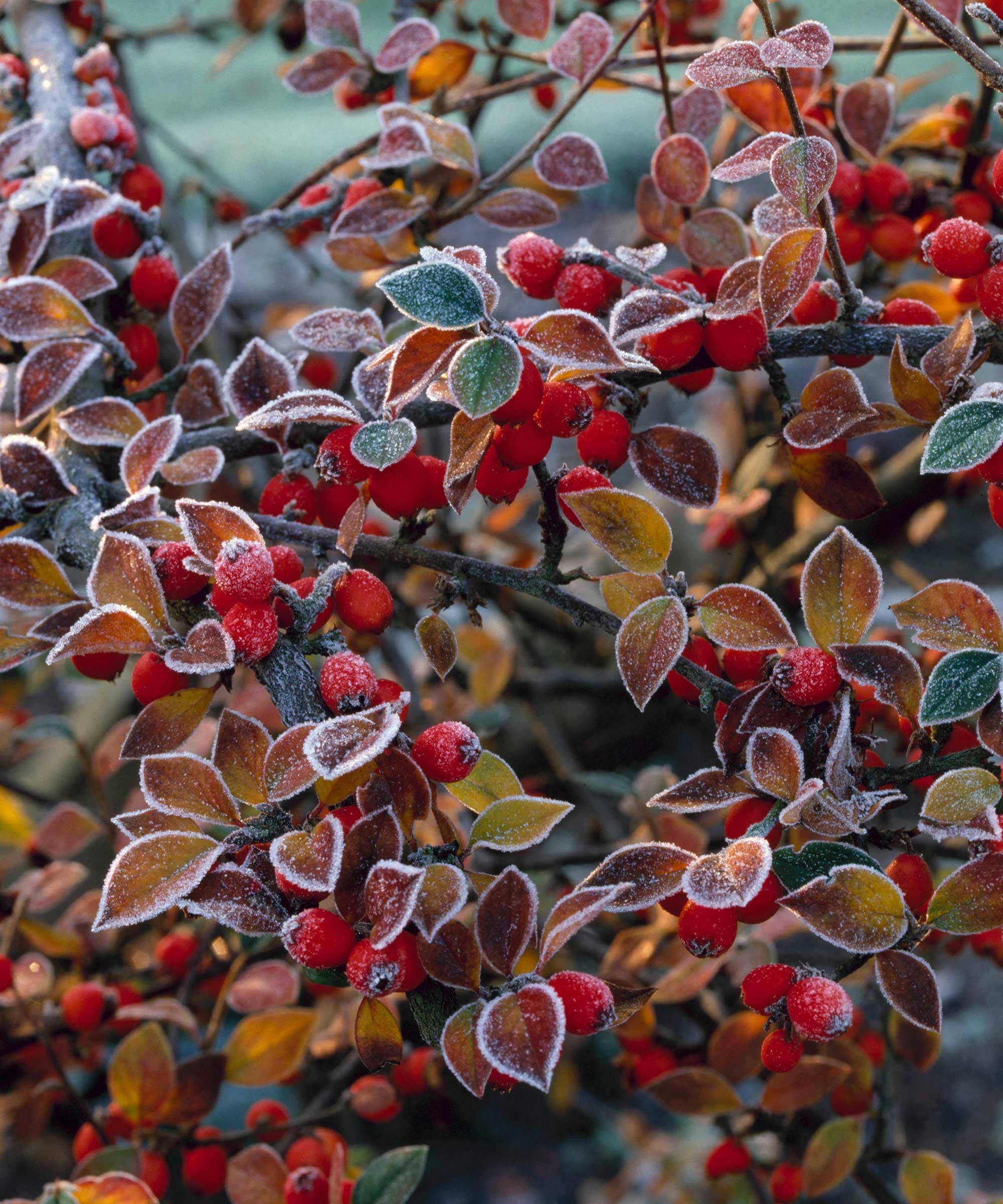
Cotoneasters are much-loved for their colorful berries in winter
Cotoneaster are easy-to-maintain shrubs with winter berries that come in a real range of sizes and shapes, ranging from large shrubs to low and creeping ground cover plants.
The plants do not require lots of pruning, but regular trimming can keep them dense and full of flowers and berries. Spreading evergreen cotoneasters benefit from having wayward shoots cut back, to keep the growth compact, and some oldest branches removed. It is best to hold off pruning deciduous cotoneasters until the plants start growing again in spring.
7. Bougainvillea
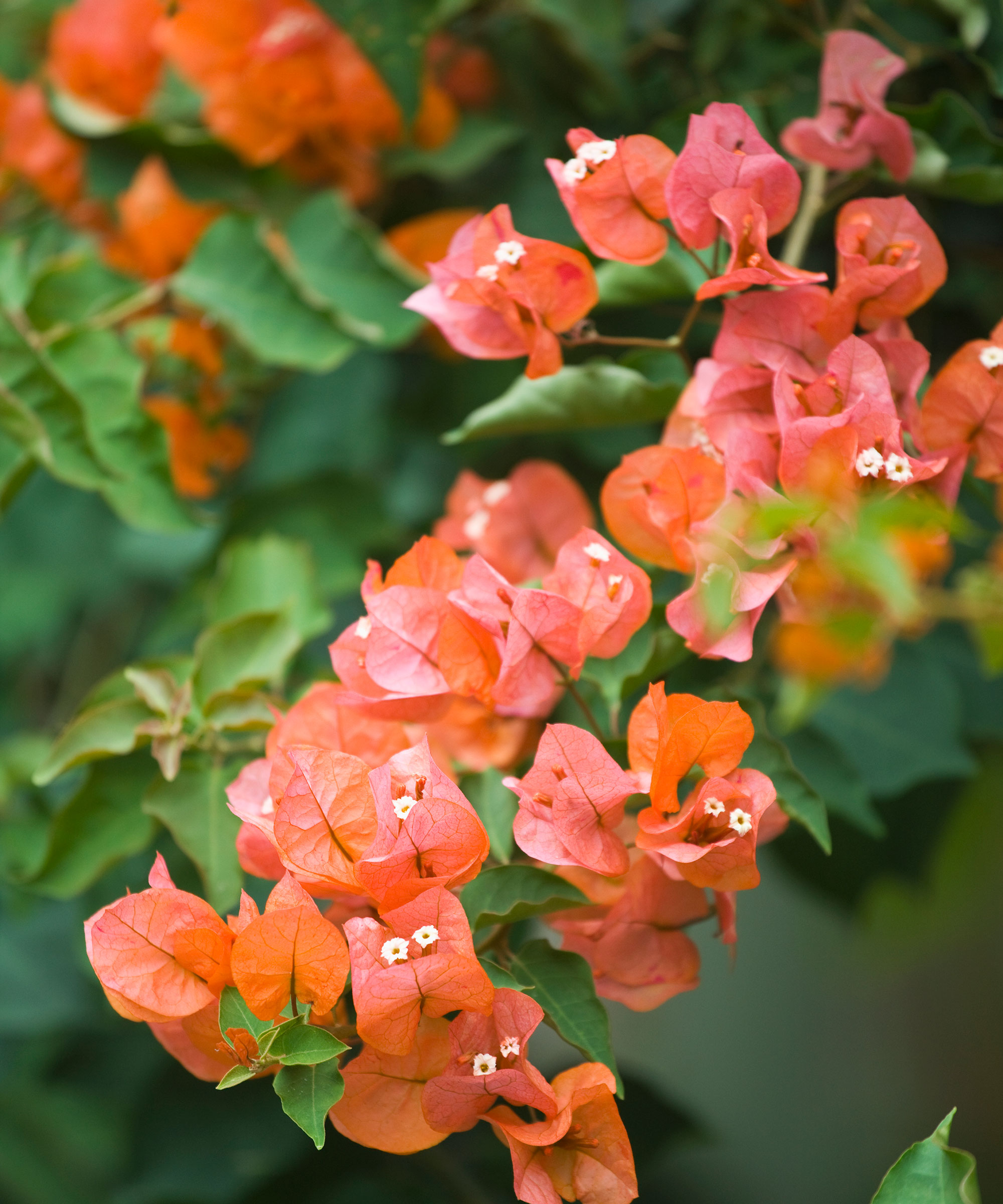
Bougainvillaeas can grow up to 20 feet in height and width
If you are growing bougainvillaea, then pruning is always recommended as otherwise these vigorous climbing plants can become an unruly mess and look somewhat wild.
Any large-scale pruning of bougainvillaea should take place from January through to early spring, when the plant is in a semi-dormant state. As it produces its colorful flower bracts on new growth, winter is the time to prune away old growth so it can produce a flush of new stems in order to put on a colorful display.
When pruning bougainvillaea in winter, remove older and crowded stems all the way down at the base, and also prune out any growth that has become too big for its space. It is recommended to wear thick gloves, such as gardening gauntlets available at Amazon, as many bougainvillaea have sharp thorns and you can save trimmings to propagate new bougainvillaeas from plant cuttings.
8. Roses
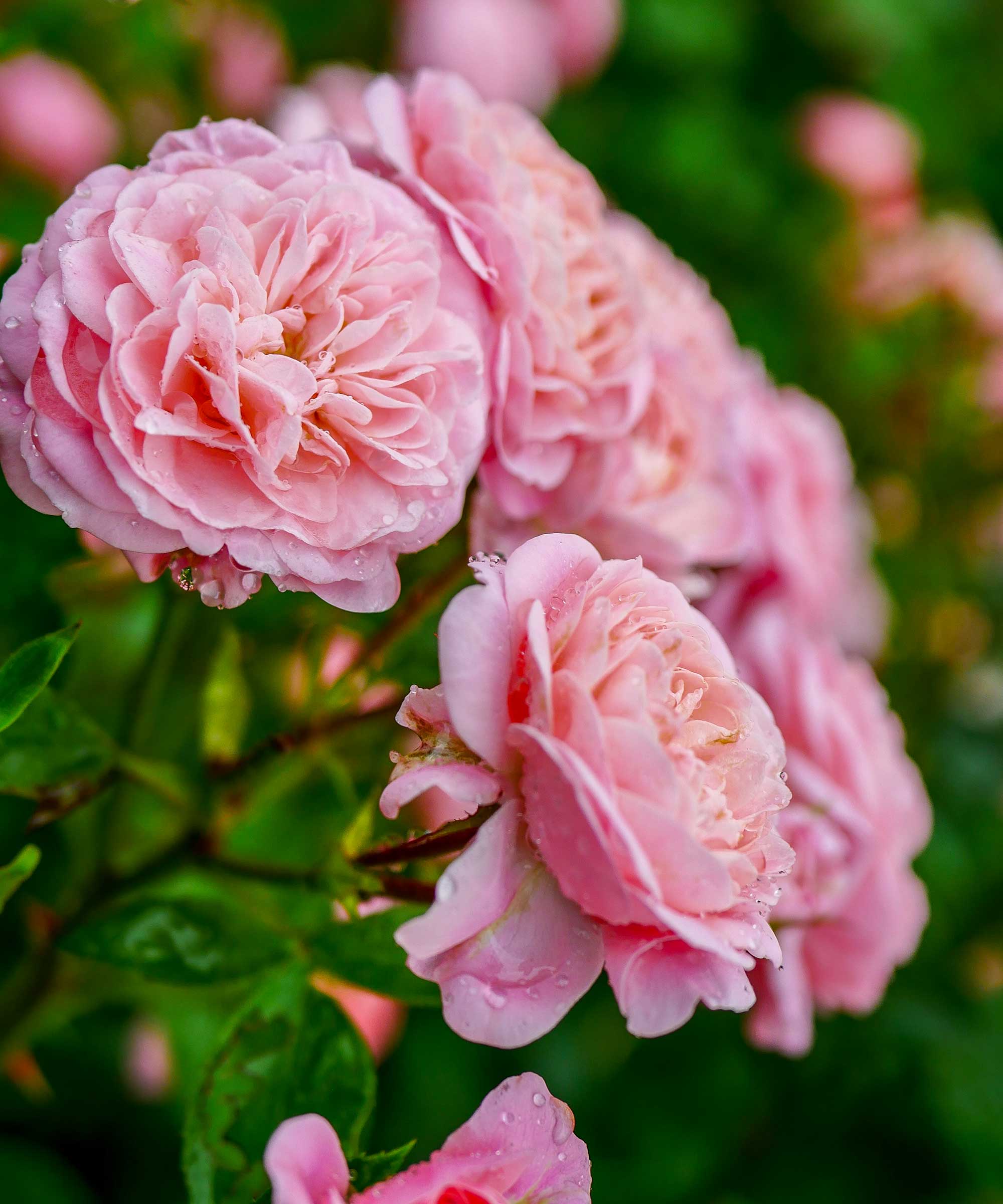
Pruning helps roses to thrive
January is the start of the rose pruning season. Roses are pruned during dormancy and want to be pruned just before the new growth starts in late winter, which can be January in milder climates. It may be better to wait until February or March to prune if you grow and care for roses in colder climates.
Dormant rose pruning encourages strong growth come spring and helps promote plentiful flowering for the summer ahead. Start by removing dead, diseased, and damaged growth and weak or crossing stems. Then cut back stems by about a third to shape the rose bush, cutting back to just above a node and an outward-facing bud.
Shop pruning tools
FAQs
Is January a good time to prune shrubs?
Deciduous shrubs can be pruned in January during their dormant season. Their lack of leaves during winter is beneficial as you can see the full shape of the shrub and it can help you make important pruning decisions.
However, January is too early to prune most evergreen shrubs, which are best done either after the frosts finish in spring or after they have flowered in the case of flowering shrubs.
Is it OK to cut hedges in January?
You can cut deciduous hedges, such as beech, hazel, or hornbeam, in winter when they are dormant. As well as getting them in shape ahead of starting to grow again come spring, neatly-trimmed hedges can provide good structure in a winter garden.
Cleaning, sharpening, and correctly storing your tools is an important job to add to any winter gardening checklist. Not only will they make gardening easier, but it will also extend the lifespan of any essential garden tools.

Drew has worked as a writer since 2008 and was also a professional gardener for many years. As a trained horticulturist, he worked in prestigious historic gardens, including Hanbury Hall and the world-famous Hidcote Manor Garden. He also spent time as a specialist kitchen gardener at Soho Farmhouse and Netherby Hall, where he grew vegetables, fruit, herbs, and cut flowers for restaurants. Drew has written for numerous print and online publications and is an allotment holder and garden blogger. He is shortlisted for the Digital Gardening Writer of the Year at the 2025 Garden Media Guild Awards.
